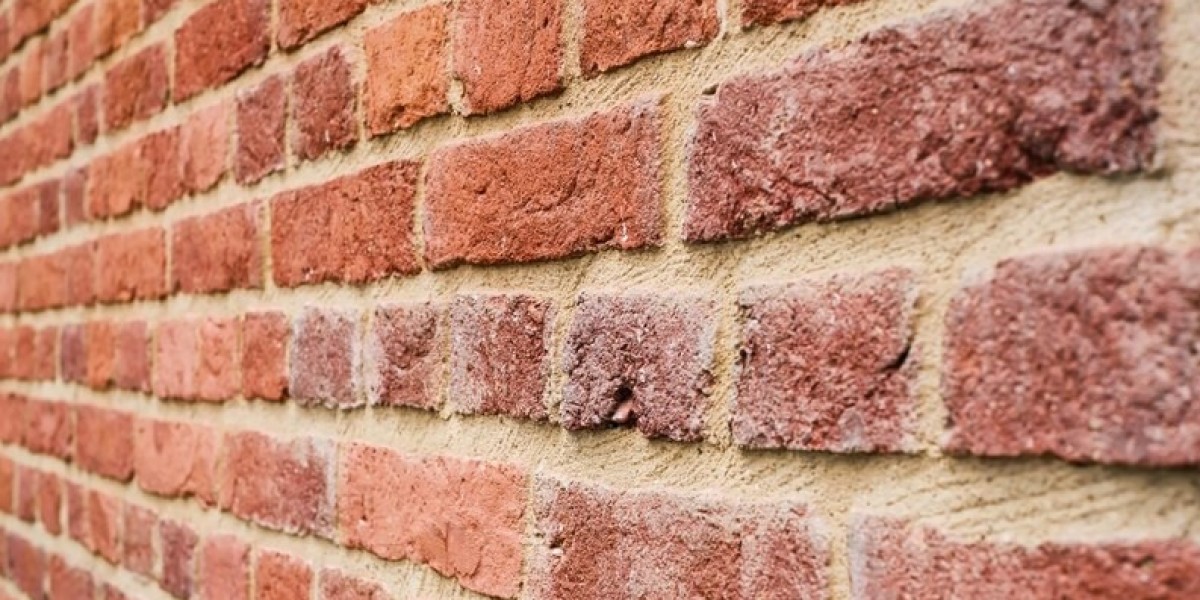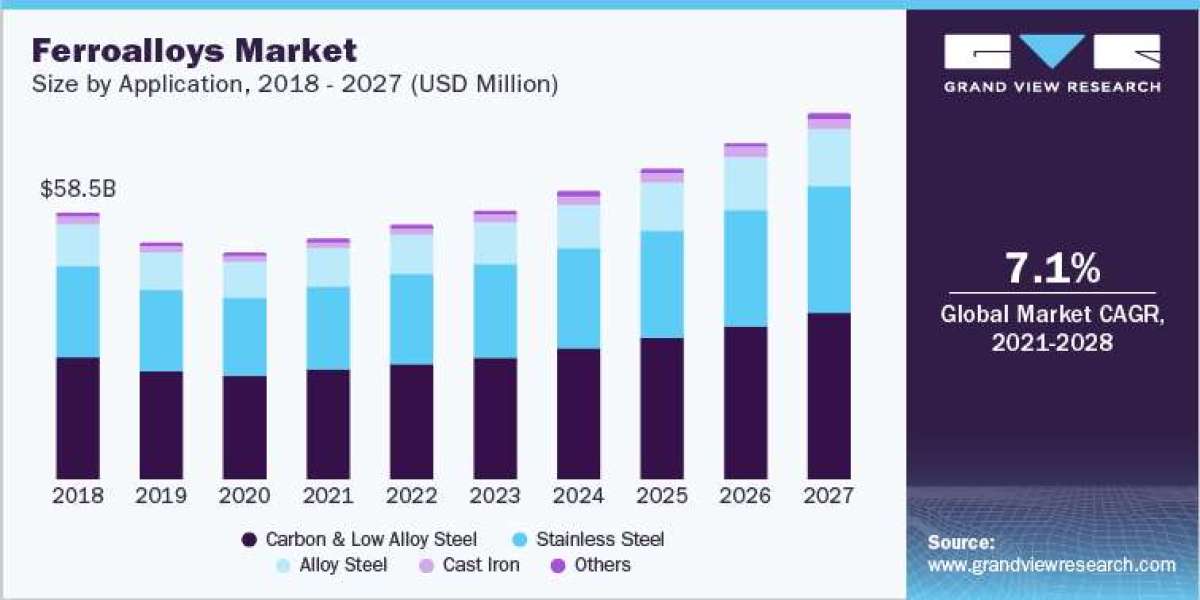Retaining walls are essential structures in civil engineering that provide stability and prevent soil erosion. As technology advances and new construction techniques emerge, innovative approaches in retaining wall design have evolved. In this article, we will explore some of these innovative approaches that enhance the efficiency, sustainability, and aesthetics of retaining walls.
1. Geosynthetic Reinforcement
1.1 Reinforcing with Geosynthetic Materials
Geosynthetic materials, such as geogrids and geotextiles, have revolutionized retaining wall design. These materials, made of synthetic fibers, are used to reinforce soil and increase its strength. By integrating geosynthetics into retaining walls, engineers can achieve greater stability, reduce the required excavation depth, and optimize the use of available space.
1.2 Reinforced Soil Retaining Walls
One innovative approach is the use of reinforced soil in retaining walls. This technique involves constructing alternating layers of compacted soil and geosynthetic reinforcement. The reinforcement provides tensile strength to the soil, enabling it to withstand higher loads and pressures. Reinforced soil retaining walls offer cost-effective and sustainable solutions, particularly in projects with limited access to construction materials.
2. Green Retaining Walls
2.1 Incorporating Vegetation
Green retaining walls, also known as living walls or vegetated walls, combine the functionality of retaining walls with the aesthetic appeal of green spaces. These walls feature plants and vegetation that are integrated into the structure, creating a visually pleasing and environmentally friendly solution. Green retaining walls offer benefits such as improved air quality, noise reduction, and biodiversity enhancement.
2.2 Sustainable Drainage Systems
In addition to vegetation, green retaining walls can incorporate sustainable drainage systems (SuDS). These systems manage stormwater runoff by allowing water to infiltrate the soil or be collected and reused. By incorporating SuDS into retaining walls, engineers can mitigate the impact of heavy rainfall, reduce the strain on conventional drainage systems, and promote sustainable water management.
3. Prefabricated Modular Systems
3.1 Efficient Construction
Prefabricated modular systems have gained popularity in retaining wall design due to their efficiency and ease of installation. These systems involve the use of precast concrete or other materials that are manufactured off-site and assembled on-site. Prefabricated modular systems offer benefits such as reduced construction time, improved quality control, and minimized disruption to the surrounding area.
3.2 Customizable Design
Modular systems allow for greater design flexibility and customization. They can be tailored to specific project requirements, including wall height, shape, and finish. The modular components can be easily combined and adapted to create unique and visually appealing retaining walls that meet both functional and aesthetic needs.
Conclusion
Innovative approaches in retaining wall design have transformed the construction industry, offering solutions that enhance efficiency, sustainability, and aesthetics. Techniques such as geosynthetic reinforcement and green retaining walls introduce new possibilities in structural stability, environmental integration, and water management. Prefabricated modular systems streamline construction processes while allowing for customizable designs. By embracing these innovative approaches, engineers can deliver retaining walls that not only serve their functional purpose but also contribute to a greener and more sustainable built environment.


